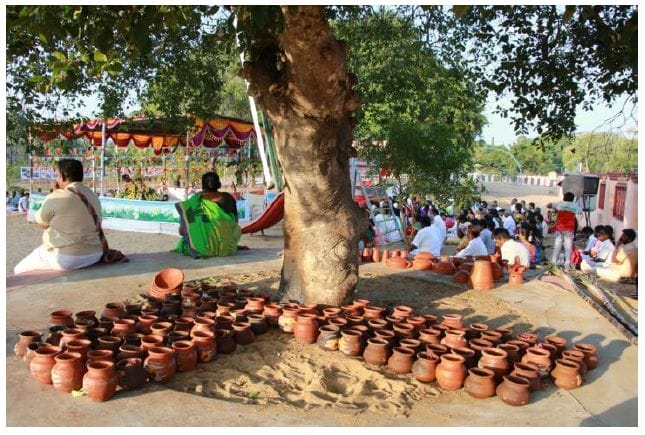January 2019
Newsletters
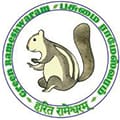
Story of Sustainable Development

Dear Friends,
I thank all of you to have given me an opportunity to share some of my thoughts through these blogs over the last year. Briefly, we noted that through our incessant drive for ‘development’ we have acquired the powers to steer the future course of our Mother Earth, and that is very likely to happen in the next 20 – 40 years, unless we take adequate corrective actions. We know that we are living in an age of human beings, the ‘Anthropocene’. We also looked at the story of the nine planetary boundaries, that scientists have found out to be critical for retaining our equilibrium status of the ‘Holocene’ we are so familiar to live within, for the past 10,000 years or so. If left to Herself, Mother Earth can continue to be in this stable state for another 10,000 to 20,000 years, but ……
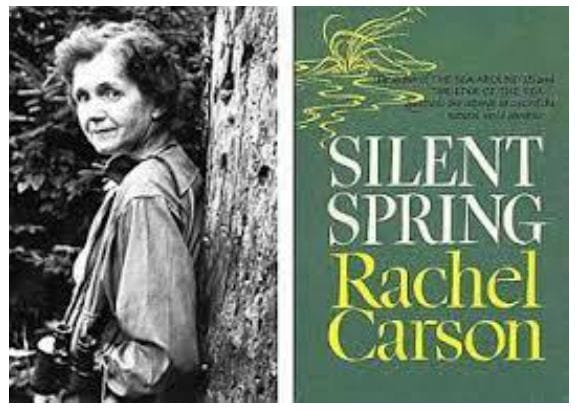

Solid Waste Management

Regular MSWM and Behavioral Change Communication (BCC)activities were conducted during the month:
A public gathering event was organized on 7th January, at Ward no: 10 Seran Kotai. The disaster management team from the local government organized the event, wherein 85 citizens from the locality participated. Mr. Gopi Shankar from the MSWM team participated in the event and explained about MSWM system to the citizens.
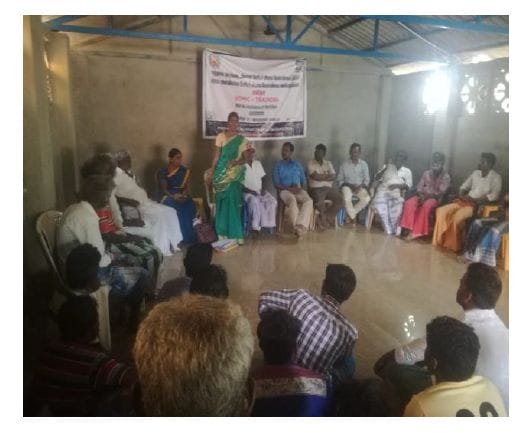
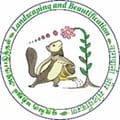
Nakshatra Vanam

Moola -Indian Black Wood
Botanical Name: Hardwickia binata Roxb.
Tamil Name: Aacha
Sanskrit Name: Anjan
English Name: Indian Black Wood
M. Subramanian
Project Officer
C.P.R. Environmental Education Centre
Chennai
Habitat
Gregarious deciduous trees, bark dark brown, rough, with irregular cracks; branchlets slender, drooping. Leaves alternate, 2-foliate; stipules small, lateral, cauducous; rachis 8-75 mm long, slender, swollen at base and at tip, glabrous, estipellate; lamina 2-6 x0.9-3.5 cm, sessile, with a minute bristle in between, obliquely ovate or obliquely oblong-ovate, base obliquely acute, apex obtuse, margin entire, glabrous, coriaceous; nerves 4-5 from base, arcuate, slender, prominent, inter-costae reticulate, prominent. Flowers bisexual, greenish-yellow, in lax racemose panicles; bracts minute; bracteoles scale like; calyx tube scarcely any; lobes usually 5, orbicular, petalloid, round the small basal disc, much imbricate; petals 0; stamens 10, alternately longer and shorter; filaments filiform; anthers versatile; ovary half inferior, sessile, free, ovules 2; style filiform, stigma large, peltate. Fruit a pod, 50-80 x 10-12 mm, oblong-lanceolate, the seed at the apex where the pod dehisces, the base samaroid; seed pendulous, obovate, compressed, 2-furrowed. (https://Indiabiodiversity.org/).


Landscaping and Beautification
Nandavanam of Temples:
Nandavanam of each temple is famous for its usefulness in supplying flowers for the poojas and rituals. It also relates with the belief that maintenance ofnatureis the basic duty of all human being. SthalaVruksham concept further endorses this school of thought. Nandavanam of Sri Ramanathasamy Temple is huge with more than 10000 square feet in its area.
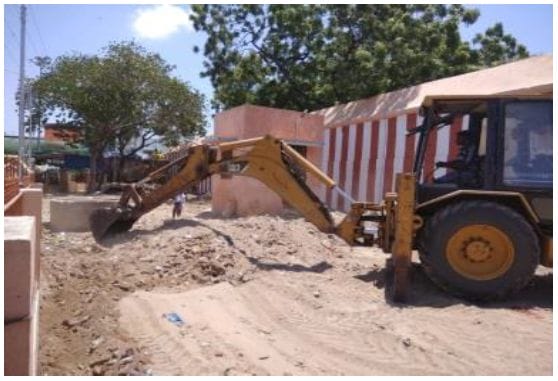

Revival and Renovation of Water Bodies Dedication of Rejuvenated Teerthams to the Nation

As reported earlier, 30 Renovated Traditional Water Bodies (Teerthams) were dedicated to the Nation by Honorable Governor Shri.Banwarilalji Purohit on 12th January, 2019. The function was held at Mangala Vanam adjacent to Mangala Teertham from 6 A.M. to 8.45 A.M. A few photographs of the event are given below.
